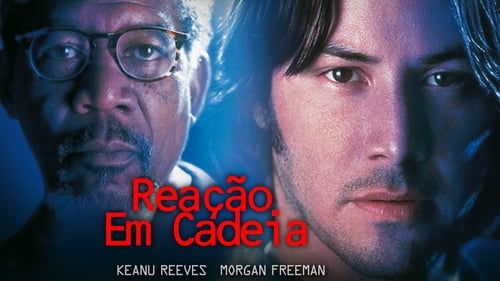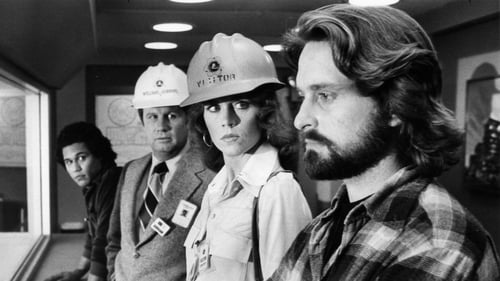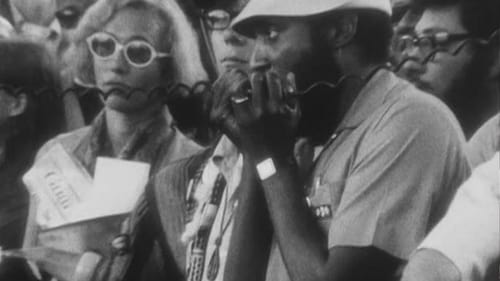Mike Gray
Nascimento : 1935-10-26, Racine, Wisconsin, USA
Morte : 2013-04-30

Executive Producer
Shuang Hu takes audiences on a journey to explore the versatile and spectacular landscape of Far North Queensland, world-renowned for the Great Barrier Reef and its precious ecosystems.

High School Student
A história gira em torno da guerra social que surge quando dois rapazes gays do ensino médio percebem que devem se tornar melhores amigos das meninas mais populares da escola para melhorar seu status social.

Cinematography
Judi Bari and Darryl Cherney were falsely arrested for car-bombing themselves on May 24, 1990 while on an Earth First! musical organizing tour for Redwood Summer. They sued the FBI for violations of the First Amendment, claiming the FBI knew they were innocent but arrested them to try to silence them. Having survived the bomb but now stricken by cancer, Judi Bari, a leader of the movement to save California's old growth redwoods, gives her on-camera, deathbed testimony about the attempt on her life and her colorful organizing history with the radical environmental movement Earth First.

Swizlard
A descoberta de um combustível potente e não poluente desperta o interesse de criminosos, e a jovem dupla de pesquisadores envolvida no projeto acaba sendo acusada de assassinato e espionagem.

Writer
Two young lovers learn that a small group of child-like space aliens are marooned on Earth and are being held prisoner at a top secret military facility. The couple then decide to liberate the extraterrestrial castaways and help them make a rendezvous with a rescue ship sent from the alien home planet.

Director
Two young lovers learn that a small group of child-like space aliens are marooned on Earth and are being held prisoner at a top secret military facility. The couple then decide to liberate the extraterrestrial castaways and help them make a rendezvous with a rescue ship sent from the alien home planet.

Screenplay
Kimberly Wells e Richard Adams são jornalistas que filmam um acontecimento irregular em visita a uma usina nuclear, mas a matéria não vai ao ar. Intrigados, os dois decidem investigar o caso, e a verdade pode ser mais grave do que eles imaginavam.

Producer
Fred Hampton was the leader of the Illinois Chapter of the Black Panther Party. This film depicts his brutal murder by the Chicago police and its subsequent investigation, but also documents his activities in organizing the Chapter, his public speeches, and the programs he founded for children during the last eighteen months of his life.

Director of Photography
Fred Hampton was the leader of the Illinois Chapter of the Black Panther Party. This film depicts his brutal murder by the Chicago police and its subsequent investigation, but also documents his activities in organizing the Chapter, his public speeches, and the programs he founded for children during the last eighteen months of his life.

Camera Operator
American Revolution 2 begins with footage of the political demonstrations at the 1968 Democratic Convention and the forceful reaction of the Chicago Police Department and the National Guard. Investigating the lack of an African American presence at the protests, the filmmakers follow members of the Chicago chapter of the Black Panther Party as they search for common ground with a variety of white activist groups. In one scene, Panther Bobby Lee and members of the Young Patriots, a community of white Appalachian activists living in the Uptown neighborhood of Chicago, organize to protest police brutality. The seemingly disparate groups find shared social and political objectives that overcome racial differences – police violence, poverty, lack of employment, and poor living conditions. This potential for a cross-racial and interethnic political movement is the movie’s beautiful but unrealized dream.

Producer
American Revolution 2 begins with footage of the political demonstrations at the 1968 Democratic Convention and the forceful reaction of the Chicago Police Department and the National Guard. Investigating the lack of an African American presence at the protests, the filmmakers follow members of the Chicago chapter of the Black Panther Party as they search for common ground with a variety of white activist groups. In one scene, Panther Bobby Lee and members of the Young Patriots, a community of white Appalachian activists living in the Uptown neighborhood of Chicago, organize to protest police brutality. The seemingly disparate groups find shared social and political objectives that overcome racial differences – police violence, poverty, lack of employment, and poor living conditions. This potential for a cross-racial and interethnic political movement is the movie’s beautiful but unrealized dream.

Director
American Revolution 2 begins with footage of the political demonstrations at the 1968 Democratic Convention and the forceful reaction of the Chicago Police Department and the National Guard. Investigating the lack of an African American presence at the protests, the filmmakers follow members of the Chicago chapter of the Black Panther Party as they search for common ground with a variety of white activist groups. In one scene, Panther Bobby Lee and members of the Young Patriots, a community of white Appalachian activists living in the Uptown neighborhood of Chicago, organize to protest police brutality. The seemingly disparate groups find shared social and political objectives that overcome racial differences – police violence, poverty, lack of employment, and poor living conditions. This potential for a cross-racial and interethnic political movement is the movie’s beautiful but unrealized dream.

Director
For a generation of young activists, the reality of war, imperialism, racism and the growing fragility of democratic liberalism was too much to handle. Force became a means to wrestle with this tension. As the discourse of a “country torn” finds its way into mainstream political analyses (for many the deep divisions in this country are not a new political reality), we should reflect on the writings of political dissidents and radicals. We should recognize the diversity of political analysis that is very much alive. The histories of armed struggle, if taken seriously, provide us with a means to think more critically about the center, and complicate its claims of moral and political right.












